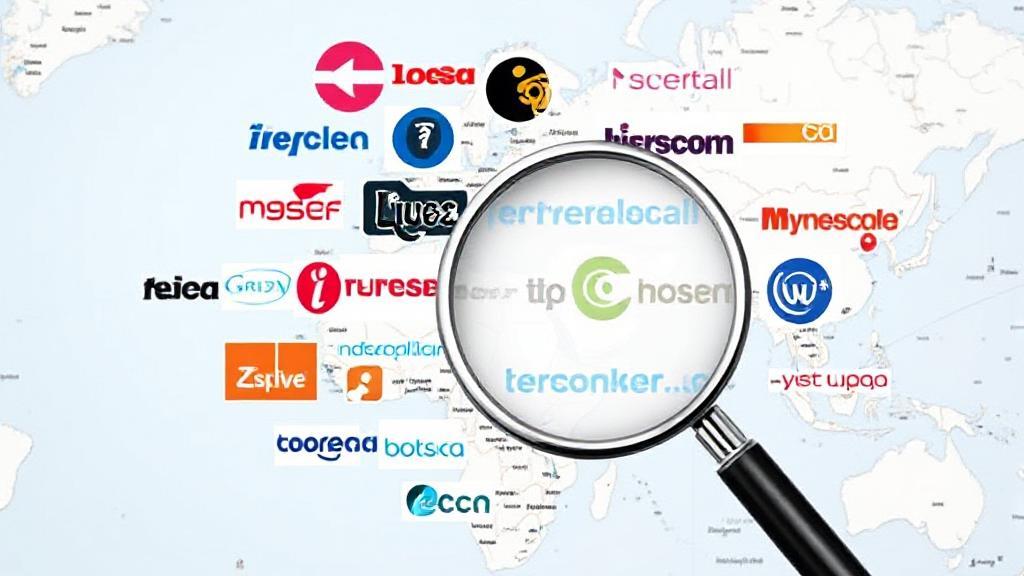Introduction
Finding the right Internet Service Provider (ISP) is crucial for ensuring a reliable and fast internet connection. Whether you're moving to a new area or simply looking to switch providers, knowing how to find ISPs available in your area can save you time and money. This guide will walk you through the process of identifying and comparing ISPs in your locality.
Methods to Find ISPs in Your Area
1. Use Online Tools
Several online tools can help you identify ISPs available in your area. These tools typically require you to enter your zip code or address to provide a list of providers:
- BroadbandNow: Comprehensive database of ISPs with coverage maps and detailed information
- FCC's Broadband Map: Official government resource for internet availability
- HighSpeedInternet.com: Compare internet speeds, prices, and customer ratings
- InMyArea: Comparison tool for internet plans and providers
- Allconnect: Lists ISPs and helps compare bundled services
2. Check with Major Providers
Visit these national providers' websites and enter your address to check availability:
- Xfinity
- Spectrum
- AT&T
- Verizon
- Cox Communications
3. Consult Local Resources
- Search Online: Look for ISPs specific to your city or town
- Community Forums: Check local social media groups for resident experiences
- Contact Local Government: City or county offices may maintain lists of authorized providers
- Ask Neighbors: Get firsthand information about reliability and service quality
Types of Internet Service
Cable Internet
Usually available through your local cable TV provider, offering high speeds and reliable service.
Fiber Optic
The fastest option, though availability may be limited:
- Google Fiber
- Verizon Fios
- AT&T Fiber
DSL
Available through phone lines, typically offering moderate speeds:
- CenturyLink
- Frontier
- Windstream
Satellite
Available almost anywhere with a clear view of the sky:
- Starlink
- HughesNet
- Viasat
Factors to Consider When Choosing an ISP
Speed and Reliability
- Download and upload speeds that meet your needs
- Consistency of service and minimal downtime
- Actual speeds during peak hours
Cost
- Monthly fees
- Installation and equipment costs
- Hidden fees and charges
Customer Service
- 24/7 support availability
- Quality of customer service
- Provider ratings with Better Business Bureau
Contract Terms
| Consideration | Details to Check |
|---|---|
| Contract Length | Month-to-month vs. long-term |
| Cancellation Fees | Early termination penalties |
| Equipment | Included or rented |
| Data Caps | Usage limits and overage charges |
Business vs. Residential Service
For home offices or small businesses, consider business-class internet services which often offer:
- Better uptime guarantees
- Priority customer support
- Static IP addresses
- Higher upload speeds
Final Tips
Questions to Ask Providers
- What are the installation costs?
- Are there early termination fees?
- Is equipment included or rented?
- What are the actual speeds during peak hours?
- Is there a satisfaction guarantee?
Red Flags to Watch For
- Long-term contracts with hefty cancellation fees
- Significant price increases after promotional periods
- Hidden fees and charges
- Poor customer service ratings
Remember to read customer reviews on independent sites like ConsumerAffairs and check provider ratings before making your final decision. By following these steps and conducting thorough research, you can make an informed choice that balances performance, price, and service quality.
